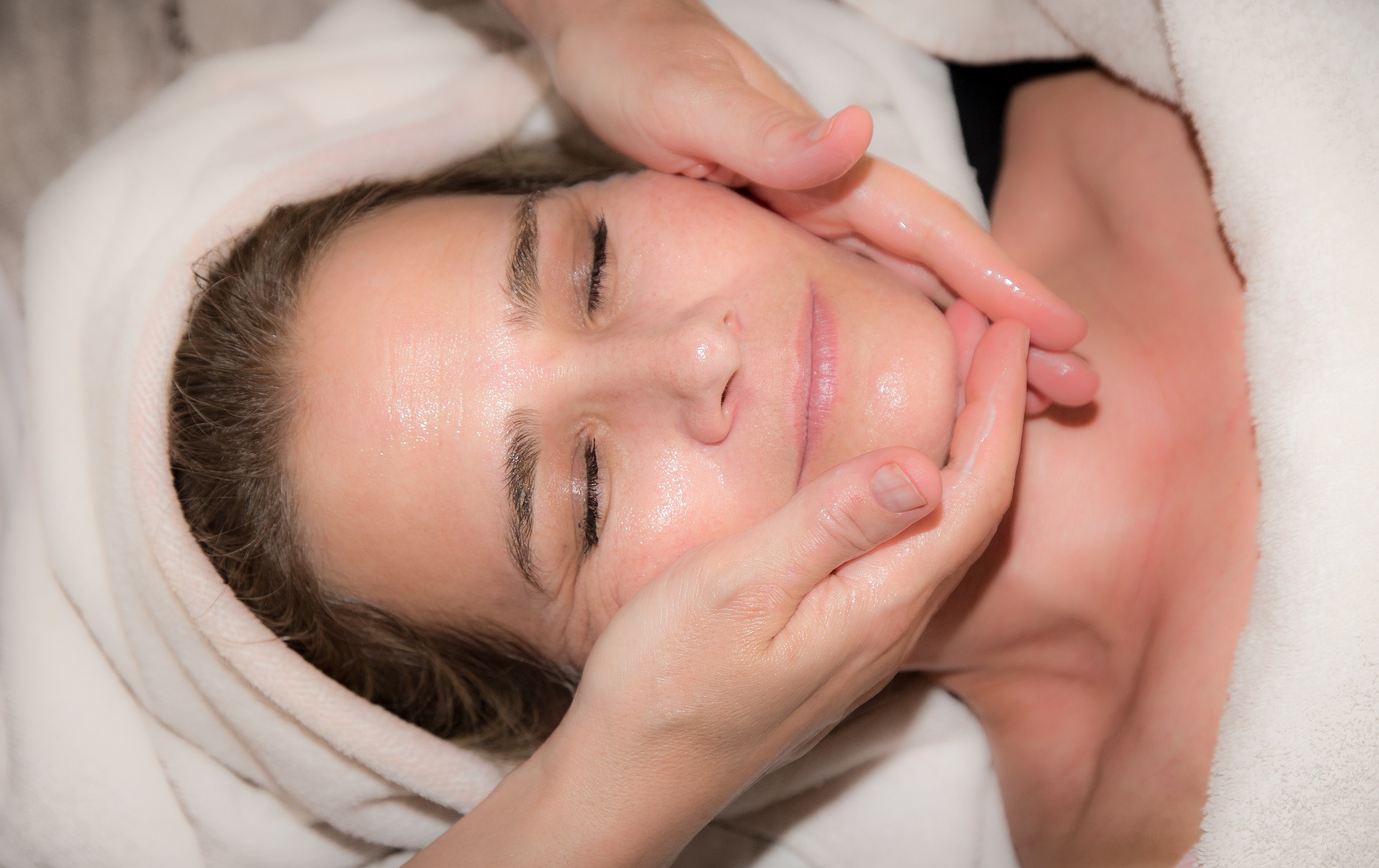Discovering the Health Benefits of Grounding: A Scientific Perspective
In a world where we're increasingly disconnected from the natural environment, could the simple act of touching the Earth with our bare feet have profound health benefits? This is the question grounding, or earthing, seeks to answer. Grounding, or earthing, refers to the practice of making direct contact with the Earth's surface—think walking barefoot on the beach or lying down on the grass. While this may sound like a simple leisure activity, a growing body of research suggests that this direct contact can have profound health benefits.

Grounding is not a new concept. Our ancestors had constant contact with the Earth; they walked barefoot and slept on the ground. Today, however, we’ve largely lost this natural connection due to our modern lifestyles. But as research continues to evolve, it appears that reconnecting with the Earth may offer a way to combat the stresses and health challenges of our modern world.
The Science Behind Grounding
So, why would touching the Earth have any effect on our health? The answer lies in the electrical activity of our bodies and the Earth itself. The Earth has a mild negative charge due to an abundant supply of electrons. Our bodies, on the other hand, generate positive charges, which can build up and cause oxidative stress, leading to inflammation and disease.
When we make direct contact with the Earth, these electrons are absorbed into our bodies, neutralizing the positive charges and reducing inflammation. This is more than just a theory; scientific studies have started to document these effects, showing improvements in various health markers.
The Health Benefits of Grounding
Research into grounding has revealed a range of potential health benefits. These include reductions in inflammation, pain, and stress, as well as improvements in sleep, mood, and energy levels. Studies have also shown that grounding can improve blood flow, enhance wound healing, and potentially support cardiovascular health.
However, while these findings are promising, more comprehensive studies are needed to fully understand the scope of grounding’s health benefits. It’s also not a substitute for other health-promoting behaviors like eating a balanced diet and getting regular exercise.
Practical Tips for Grounding
- One of the simplest ways to start grounding is to spend time barefoot outside. Choose surfaces like grass, sand, or soil rather than artificial surfaces like concrete.
- If being barefoot outside isn’t an option, there are grounding products available, such as grounding mats and sheets that can be used indoors.
- As with any wellness practice, consistency is key. Aim to incorporate grounding into your daily routine for the best results.
Grounding is an exciting area of health research, offering a unique way to reconnect with the natural world and potentially improve our health. While it’s not a magic bullet, it’s a practice that can easily be incorporated into a holistic approach to health and well-being. As we continue to explore the connection between our bodies and the Earth, it’s clear that stepping back to our roots—quite literally—may be a step forward in health.




